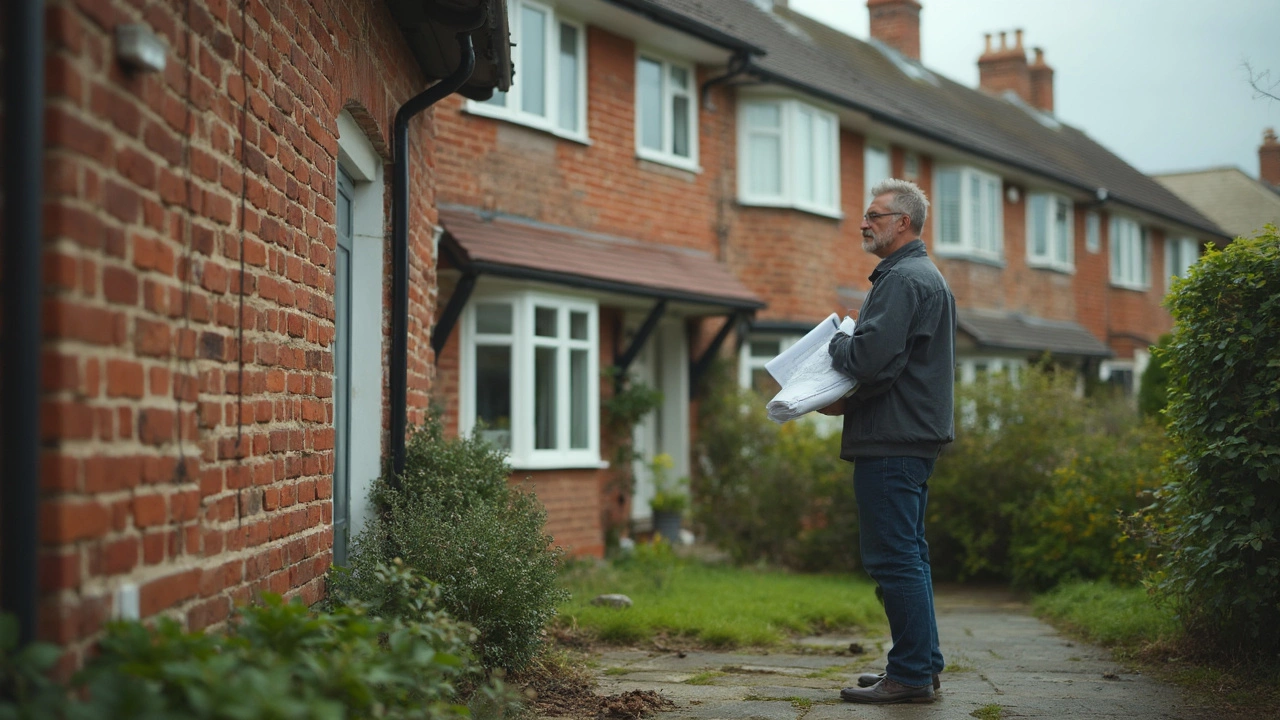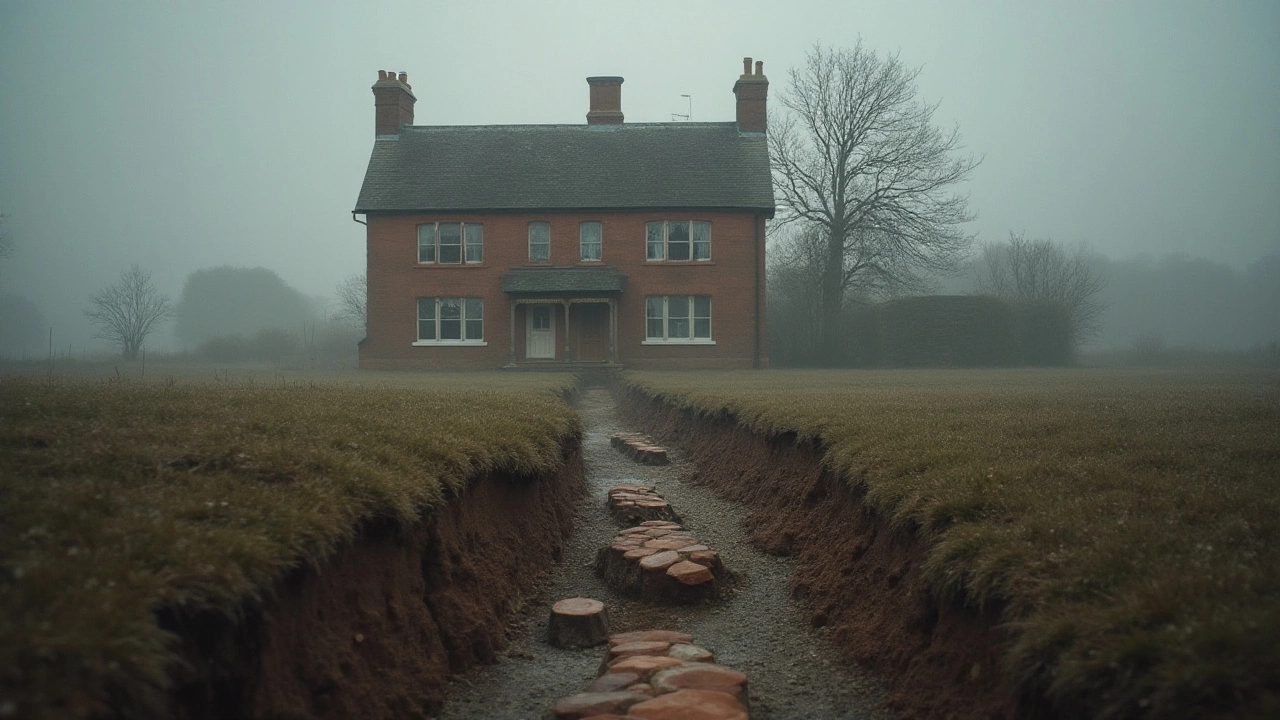Home Maintenance Made Simple: What Every Homeowner Should Know
Keeping a house running smoothly feels like a full‑time job, but you don’t need to be a pro to handle the basics. Below are straight‑forward tasks you can slot into your weekly or monthly routine. Do these small things and you’ll catch leaks, cracks, and wear before they become costly emergencies.
Everyday Plumbing Checks
Start with the places water flows daily – sinks, toilets, showerheads, and the main shut‑off valve. Turn each faucet on for a few seconds; look for drips, slow fills, or odd noises. A single drip can waste gallons and raise your bill, and it often signals a worn washer or seal that’s cheap to replace.
Don’t forget the toilet. Flush once, then listen for any continuous running. If water keeps flowing, the flapper inside the tank is likely worn. Swapping it out takes less than ten minutes and stops a hidden water loss. Also, pull the tank lid occasionally and check the water level; it should sit about an inch below the overflow tube.
Inspect exposed pipes under sinks for signs of corrosion or moisture. A small water stain can mean a slow leak that will damage cabinets over time. Tighten any loose fittings with an adjustable wrench, but be careful not to over‑tighten and crack the pipe.
Structural Care: Foundations & Roofs
Your home’s foundation and roof are the first line of defense against the elements. Walk around the exterior once a year and look for cracks in the concrete slab or foundation walls. Hairline cracks are normal, but anything wider than a quarter inch or that’s growing faster needs a professional opinion.
If you spot horizontal cracks, especially near doors or windows, they could indicate pressure from the soil outside. These are more serious and often require epoxy injection or a specialist’s assessment. Document the crack’s length and width so you can track changes over time.
Roof maintenance is equally vital. After a storm, climb onto the roof (or use a ladder safely) and check for missing shingles, lifted edges, or debris buildup in gutters. Loose shingles let water seep in, causing interior leaks and mold. Clear gutters of leaves and twigs; blocked gutters force water back under the roof deck.
Inside, watch for water stains on ceilings or walls, especially after heavy rain. A small spot can be the tip of a roof leak that, if ignored, will rot rafters and damage insulation. If you spot a stain, trace it back to the roof and address any damaged shingles or flashing right away.
Finally, schedule a professional inspection every few years. A qualified plumber can pressure‑test your system, while a structural engineer can evaluate foundation health. These check‑ups cost far less than emergency repairs caused by neglect.
By adding these quick checks to your routine, you’ll keep your home safe, dry, and comfortable without breaking the bank. Remember: a little effort now saves a lot of hassle later.




